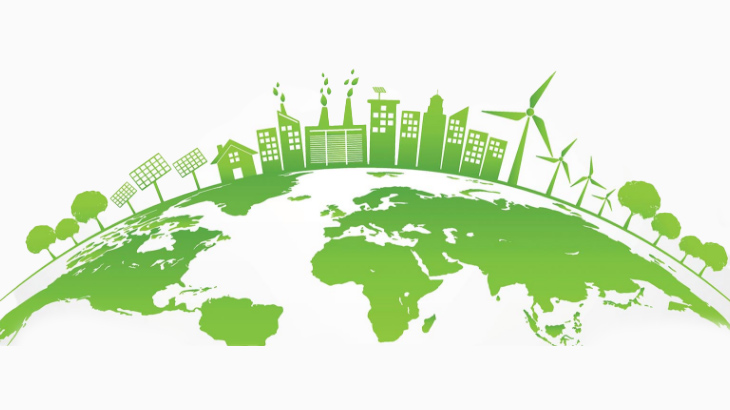Lexmark Blog
Corporate Social Responsibility(CSR)
Printing Green: Q&A with Lexmark's Global Chief Sustainability Officer
| By John Gagel, Global Chief Sustainability Officer
John Gagel is leading the company's ambitious efforts to minimize the environmental footprint of its operations and printers.

TAGS: Managed Print Services (MPS), Large Workgroup, Manufacturing, Corporate Social Responsibility(CSR), Thought Leadership
In a world increasingly focused on environmental responsibility, the printing industry has the unique distinction of being a huge force for good or for waste. John Gagel, Global Chief Sustainability Officer for Lexmark, is leading the company's ambitious efforts to minimize the environmental footprint of its operations and printers – an example of the latter being Lexmark's new 9-Series printers. These printers stand out because they incorporate more recycled plastic in their design and use less energy in day-to-day operations.
In June, Lexmark announced the general availability of the 9-Series. To mark the occasion, we sat down with John for this Q&A to discuss what makes the 9-Series green and delve into Lexmark's overall sustainability strategy.
Q: Sustainability has become a critical focus for businesses across industries. Can you tell us about Lexmark's sustainability principles and what drives your commitment in this area?
JG : At Lexmark, sustainability isn't just a trend. It has been woven into the fabric of our company for decades. Our focus has been divided into two main categories: operational footprint and products. Our facilities are operated to lessen their environmental impact. Then, we take that one step further by figuring out how we can make printers and components as sustainable as possible. In short, sustainability is smart business. We have seen positive returns for our operations, customer service, products, and financial bottom line. By doing good for the environment and society, we are also doing good for Lexmark.
Q: Can you elaborate the sustainable design of the 9-Series printers?
JG : If you're not building sustainability into the inception of the product, then you're not setting the product up to be sustainable for the rest of its lifecycle or future series down the road.
This is the key with our latest 9-Series printers – sustainability has been built in from the beginning of the design process. We incorporated decades of learnings into a single product family – pushing the boundaries of what we previously achieved with recycled content, energy efficiency, and longer-lasting machines. For some 9-Series printers, their total post-consumer recycled (PCR) content is above 70%. That figure is way ahead of other industry competitors.
Generations of technology development in our A4 line of products have resulted in an energy efficient system. This includes low-melt toner, efficient power supplies and firmware control systems as well as low temperatures in the fusing system. We incorporated this knowledge into the new designs to create a highly efficient 9-Series.
Lastly, the most sustainable approach is always going to be manufacturing less. That is why repair and durability is a core design principle. We want our products to last longer in the field. With the 9-Series, we employed metal frames, selected materials based on their durability, and designed high-yield cartridges. Imaging units and fusers for the 9-Series have the longest lives in Lexmark history. The industry replacement standard is five years. But the 9-Series, like other Lexmark products, is designed for a lifetime of up to seven years. Those extra two years translate into a 40% reduction in new materials that would have gone into a new machine.
Q: Lexmark's focus on a circular economy is particularly noteworthy. Can you explain how this concept is integrated into your business model and the benefits it offers?
JG : Circularity is also a consideration that is built from the ground up. We are designing with long life, durability, upgradability, modularity, and remanufacturing in mind. One of the fruits of that effort is the Lexmark Cartridge Collection Program, which allows customers to return used cartridges. The program was designed to leverage our partners and lean into our own R2 certified recycling site in Juarez, Mexico. That in-house resource helps us build a circular economy around cartridges. The same location that manufactures the cartridges will take them back to be remanufactured, recycled, or disassembled. We can even grind plastic down to make resin pellets for the production of new parts.